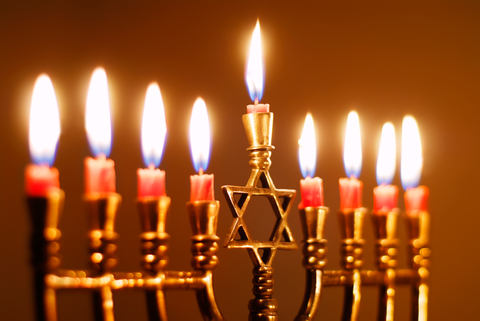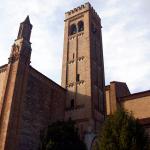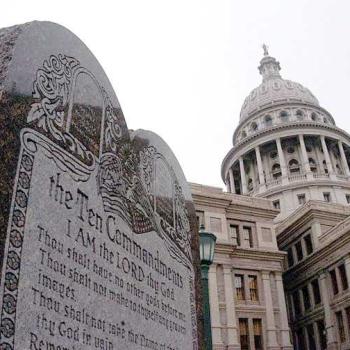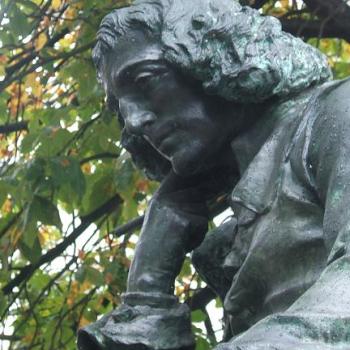This is an appreciation of Jewish cantors. Although I am not Jewish, I am a long-time chorister who has had the privilege of performing choral works with Jewish cantors. They were lovely people and amazing singers.
In Judaism, a cantor (in Hebrew, hazzan) is a person who chants/sings worship services in a synagogue. Full-time, professional cantors are recognized as clergy who are teachers and chaplains as well as choir and music directors.
We know there has always been music in Judaism because music is mentioned many times in scripture. The first mention of singing in the Torah describes Miriam, the sister of Moses and Aaron, celebrating the downfall of Pharaoh in song. It’s believed the Psalms of King David (ca. 1000 BCE) were meant to be sung, accompanied by a stringed instrument called a mizmor. David chose singers from among the Levites when he brought the Ark of the Covenant to Jerusalem. And I have read that no public ceremony could be held in the First Temple in Jerusalem, which was destroyed in 587 BCE, without the nevel (the big harp) and the kinnor (the little harp). There are many other examples.
The First Jewish Cantors
There is no documentation of Jewish cantors before the 6th or 7th century CE, but that’s still a long time ago. Here is how the tradition of Jewish cantors is believed to have developed:
After Romans destroyed the Second Temple and much of Jerusalem in 70 CE, a major diaspora began. During the Middle Ages, the world’s Jewish population was dividing into two major groups, the Ashkenazim of central and eastern Europe and the Sephardim, who are mostly associated with Spain and Portugal. There were also Sephardic communities in North Africa and the Middle East. By the 6th century or so laypeople in some communities in what is now Iraq were less conversant in Hebrew and needed someone to recite the liturgy for them. And so there came to be the first Jewish cantors.
The practice of employing liturgy leaders in synagogues spread throughout Judaism and became a common feature of Jewish sacred services. The role of the cantor also expanded, along with ideas about who might be qualified to be a cantor. Since the cantor was thought to be representing the congregation to God, it was decided a cantor must be of exemplary character. He — until recently, it would always be a he — should also be a married man of pleasant appearance. Those rules have somewhat modified in modern times. Women may now serve as cantors in Reform and Conservative synagogues, I understand. Of course, a cantor must be a powerful and skilled singer.
The Musical Tradition of Jewish Cantors
I am not qualified so say much about Jewish liturgy, but I was fascinated to read about nusach. “The heart of Hazzanut (Cantorial singing) is known as nusach,” it says in this Jerusalem Post article. In music and liturgy, nusach is a kind of musical melodic pattern, or structure, based on modes and scales, that developed over many centuries. It is also the musical style or tradition of a community. No two cantors sing the liturgy exactly the same way, but the improvisation must remain within the general structure of the nusach, the article says. Sounds a bit like jazz.
Obviously, then, a cantor should possess much knowledge and skill — in music, in singing, in Hebrew, in scripture, in Judaism generally. Training and qualifications vary among the Orthodox, Conservative, and Reform traditions. Very generally, there are several paths to becoming a Jewish cantor. Cantors in large non-Orthodox synagogues often have master’s degrees in Jewish music and education from approved Jewish seminaries. Many not-Jewish universities also offer undergraduate and graduate certificates in Jewish studies, music, and vocal performance. Aspiring Orthodox cantors may get a cantorial diploma from an appropriate school, such as Yeshiva University’s Belz School of Jewish Music, but most receive private instruction from another cantor.













